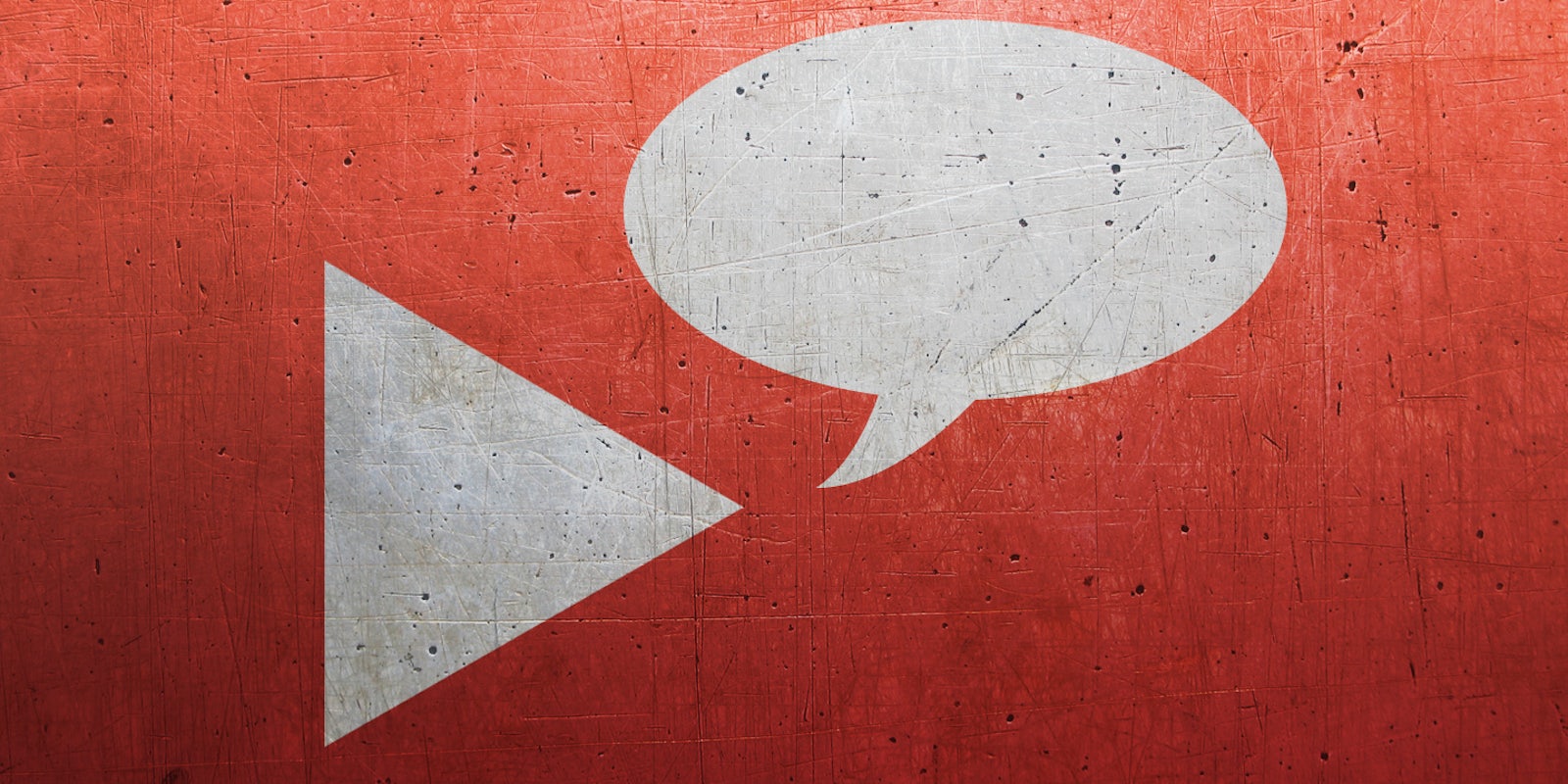Can you learn to talk like a vlogger?
If you watch enough vlogger channels on YouTube, you start to notice that there’s a similarity to the way they speak, just as other demographics can sound similar, from Chicagoans to Californians. These linguistic similarities are often called dialects, when a geographic region or a speech community bound by other ties shares a set of norms. YouTubers, despite addressing a wide range of topics and being from a wide array of backgrounds and locations, are part of a larger community where norms for expressing yourself—from the jump-cut video editing to phrases like “the Dooblydoo”—get codified and ingrained into the experience. The phonetics, or sounds of the language spoken, are no different.
Inspired by the noticeable similarities across popular channels, The Atlantic consulted Naomi Baron, a professor of linguistics at American University who studies mediated communication, to help illuminate four stylistic elements of the “YouTube Voice,” which can become a formula to mimicking the sound of some of the platform’s most famous vloggers. The key, according to Baron, is emphasis. YouTubers are using it a lot, and in a variety of ways. Four areas Baron noted were overstressed vowels, elongated vowels and consonants, addition of extra vowels, and aspiration of consonants.
For example, in this video of Hank Green discussing success, at the 0:14 mark you can witness extra emphasis on the word “unusual” and, 48 seconds in, the extra aspiration—or a puff of air when he says the consonant—in the world “troubled.”
Hank and his brother John Green are a potential patient zero for the YouTuber voice, some sort of standard bearer for the YouTube vlogger community. Their friends circle of vloggers all display the traits in some capacity. Franchesca Ramsey, in her “5 Tips for Being an Ally” video, shows off the extra vowel syndrome in her pronunciation of “five” at 0:36.
In Tyler Oakley’s most recent “My Favorite Things” video, he starts off with vowel elongation on “everyone.”
PBS Idea Channel’s Mike Rugnetta also has the “YouTuber Voice,” and he’s often sneaking in extra vowels to his words. One example is his pronunciation of “time” at 0:30.
He also does the “epenthetic vowel,” which is dropping an extra vowel in between consonants. For example, 35 seconds into “Is Ron Dumbledore,” he adds an “eh” sound in “trapping” between the T and R.
The examples can go on and on, but overall, “YouTube Voice” is just a style of emphasizing your words, very similar what you find in modern TV broadcasting like The Daily Show, according to Baron. Another linguist, Mark Liberman of the University of Pennsylvania, compared it to sales-pitch voice, the type that a carnival barker would use to get you to come engage with their games.
Most importantly, it works. Not everyone on YouTube has this voice, but those who do are clearly signaling that they are part of a specific community. “YouTube Voice” may not make you a successful YouTube in and of itself, but it does make you noticeably part of a certain YouTube landscape.
H/T The Atlantic | Illustration by Jason Reed
